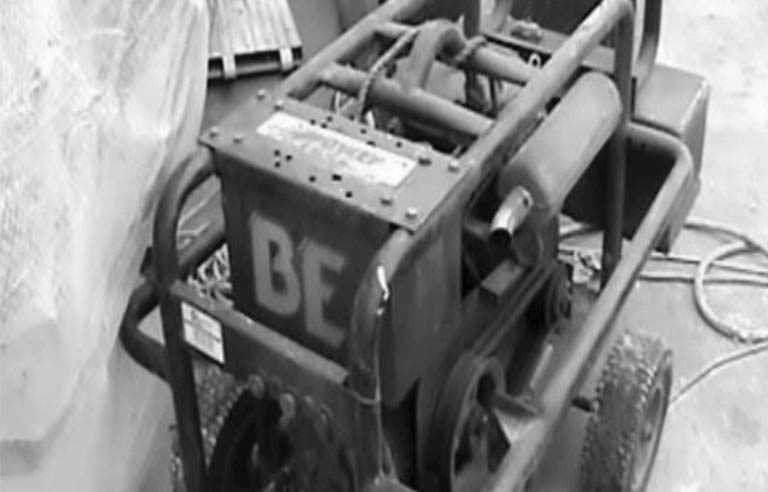Carbon monoxide: The silent killer

Do your employees use gas-powered equipment at work? If so, they may be exposed to carbon monoxide.
Carbon monoxide is a colorless, odorless gas that can deprive an exposed worker’s brain, heart and other vital organs of oxygen. Symptoms of mild exposure include nausea, dizziness and headache. High exposure can result in confusion, loss of consciousness, muscle weakness and more.
Protect your workers from carbon monoxide poisoning. Oregon OSHA has tips to help.
- Survey your workplace to identify potential sources of exposure.
- Educate workers about the dangers of carbon monoxide poisoning.
- Know the sources: Besides gasoline, natural gas, oil, propane, coal and wood can produce carbon monoxide.
- Keep internal-combustion equipment in good operating condition.
- Don’t use or operate fuel-powered engines or tools inside buildings or in partially enclosed areas.
- Regularly test the air in poorly ventilated areas. Use mechanical ventilation when possible to keep carbon monoxide below unsafe exposure levels.
- Use personal CO monitors where potential sources of carbon monoxide exist, Oregon OSHA says. “These monitors should be equipped with audible alarms to warn workers when CO concentrations are too high.”
Post a comment to this article
Safety+Health welcomes comments that promote respectful dialogue. Please stay on topic. Comments that contain personal attacks, profanity or abusive language – or those aggressively promoting products or services – will be removed. We reserve the right to determine which comments violate our comment policy. (Anonymous comments are welcome; merely skip the “name” field in the comment box. An email address is required but will not be included with your comment.)

